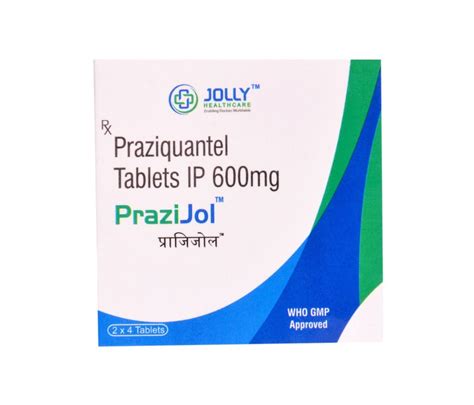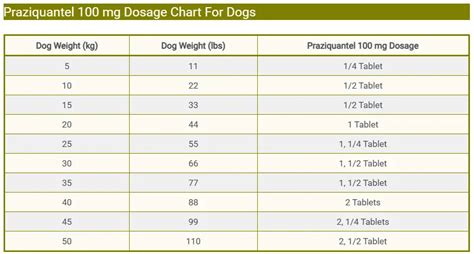Intro
Praziquantel treatment for humans effectively cures parasitic worm infections, including schistosomiasis and tapeworms, with antiparasitic properties and anthelmintic effects.
The importance of effective treatments for parasitic infections cannot be overstated, especially in regions where access to healthcare is limited. Among the various parasitic infections that affect humans, schistosomiasis, also known as snail fever, is one of the most significant, affecting millions worldwide. Praziquantel, a medication developed in the 1970s, has been a cornerstone in the treatment of this and other parasitic infections. Understanding the role of praziquantel in treating humans for these conditions is crucial for public health efforts aimed at controlling and eventually eliminating these diseases.
Schistosomiasis is caused by parasitic flatworms called schistosomes. The infection occurs when a person comes into contact with contaminated water containing the larvae of these parasites. Once inside the human body, the larvae develop into adult worms, which can cause a range of symptoms, from mild to severe, including abdominal pain, diarrhea, and in chronic cases, liver and intestinal damage. The World Health Organization (WHO) has identified praziquantel as the primary treatment for schistosomiasis due to its effectiveness against the adult stages of the parasite.
Praziquantel works by causing severe spasm and paralysis of the parasites' muscles, which eventually leads to their death. The drug is administered orally and is generally well-tolerated, with side effects being mild and temporary. Its widespread use has been instrumental in reducing the prevalence of schistosomiasis in many endemic areas. However, challenges such as drug resistance, lack of access to healthcare in remote areas, and the need for repeated treatments due to reinfection continue to hinder efforts to control the disease.

Benefits of Praziquantel Treatment
Praziquantel offers several benefits that make it an ideal choice for treating schistosomiasis and other parasitic infections. One of the most significant advantages is its broad-spectrum efficacy, meaning it is effective against a wide range of parasites. This includes not only schistosomes but also other types of flatworms, such as liver flukes and tapeworms. The drug's ability to target multiple parasites simultaneously makes it particularly useful in areas where polyparasitism (infection with multiple parasites) is common.Another benefit of praziquantel is its ease of administration. The drug is given orally, usually in a single dose, which simplifies treatment protocols, especially in mass drug administration campaigns. This simplicity, combined with the drug's safety profile, allows for the treatment of large populations, including children and adults, with minimal supervision. Furthermore, praziquantel's effectiveness in reducing the intensity of infection can lead to significant improvements in quality of life for those affected, reducing symptoms such as abdominal pain and diarrhea, and potentially improving nutritional status and productivity.

Working Mechanism of Praziquantel
Understanding how praziquantel works is essential for appreciating its therapeutic benefits. The drug's mechanism of action involves altering the permeability of the parasite's cell membrane, leading to a rapid influx of calcium ions. This influx causes muscular contractions and eventually paralysis of the parasite, which is then attacked by the host's immune system and eliminated from the body. This process is highly effective against the adult stages of the schistosome parasite, making praziquantel a targeted therapy for the disease.The specificity of praziquantel for parasitic cells, with minimal effect on human cells, contributes to its safety and low toxicity. This is particularly important in mass treatment programs where the drug is administered to entire communities, including individuals who may not be infected. The drug's pharmacokinetics, including rapid absorption and distribution, ensure that therapeutic levels are achieved quickly, providing rapid relief from symptoms.

Steps for Effective Praziquantel Treatment
For praziquantel treatment to be effective, several steps must be followed carefully. First, accurate diagnosis of the parasitic infection is crucial. This involves laboratory tests to confirm the presence of the parasite, as symptoms can be non-specific and similar to those of other diseases. Once the diagnosis is confirmed, the appropriate dose of praziquantel is administered, usually under the supervision of a healthcare worker to ensure compliance and monitor for any adverse reactions.Post-treatment follow-up is also essential to assess the efficacy of the treatment and to detect any potential resistance to the drug. In areas where reinfection is common, repeated treatments may be necessary, and public health efforts should focus on reducing the risk of reinfection through improved sanitation, provision of safe water, and education on how to avoid contact with contaminated water.

Practical Examples and Statistical Data
The effectiveness of praziquantel in controlling schistosomiasis and other parasitic infections is supported by numerous studies and public health campaigns. For example, in Egypt, mass treatment campaigns using praziquantel have significantly reduced the prevalence of schistosomiasis, from over 30% in the 1980s to less than 5% in recent years. Similar successes have been reported in other countries, including Brazil, China, and parts of Africa, where praziquantel has been used as part of integrated control strategies.Statistical data also underscore the importance of praziquantel in public health. According to the WHO, praziquantel treatment has been provided to hundreds of millions of people worldwide, with significant reductions in morbidity and mortality attributed to schistosomiasis and other targeted diseases. The drug's impact on improving quality of life, reducing healthcare costs, and contributing to economic development in endemic areas cannot be overstated.

Challenges and Future Directions
Despite the successes of praziquantel treatment, challenges persist. One of the most significant concerns is the potential for drug resistance, which could undermine the effectiveness of praziquantel in the future. Monitoring for resistance and developing strategies to mitigate this risk are critical. Additionally, ensuring access to praziquantel and other essential medicines in remote and underserved areas remains a challenge, requiring innovative solutions and partnerships between governments, NGOs, and the private sector.Future directions in the treatment of schistosomiasis and other parasitic infections may include the development of new drugs, vaccines, and diagnostic tools. Research into these areas is ongoing, with the aim of improving treatment outcomes, reducing the risk of reinfection, and ultimately eliminating these diseases. The integration of praziquantel treatment into broader public health strategies, including improved sanitation, health education, and economic development initiatives, will also be crucial for sustainable control and elimination efforts.

Conclusion and Call to Action
In conclusion, praziquantel has been a vital tool in the fight against schistosomiasis and other parasitic infections, offering a safe, effective, and practical solution for treatment. However, challenges such as drug resistance, access to healthcare, and the need for repeated treatments underscore the need for continued research, public health efforts, and community engagement. As we look to the future, it is essential that we build on the successes of praziquantel treatment, working towards a world where these diseases are no longer a significant public health burden.We invite readers to share their thoughts and experiences with praziquantel treatment, and to support efforts aimed at controlling and eliminating parasitic infections. By working together, we can ensure that effective treatments like praziquantel reach those who need them most, improving lives and contributing to a healthier, more equitable world.
What is praziquantel used for?
+Praziquantel is used to treat parasitic infections, including schistosomiasis, caused by parasitic flatworms.
How does praziquantel work?
+Praziquantel works by causing severe spasm and paralysis of the parasites' muscles, leading to their death.
Is praziquantel safe?
+Praziquantel is generally well-tolerated, with mild and temporary side effects.
